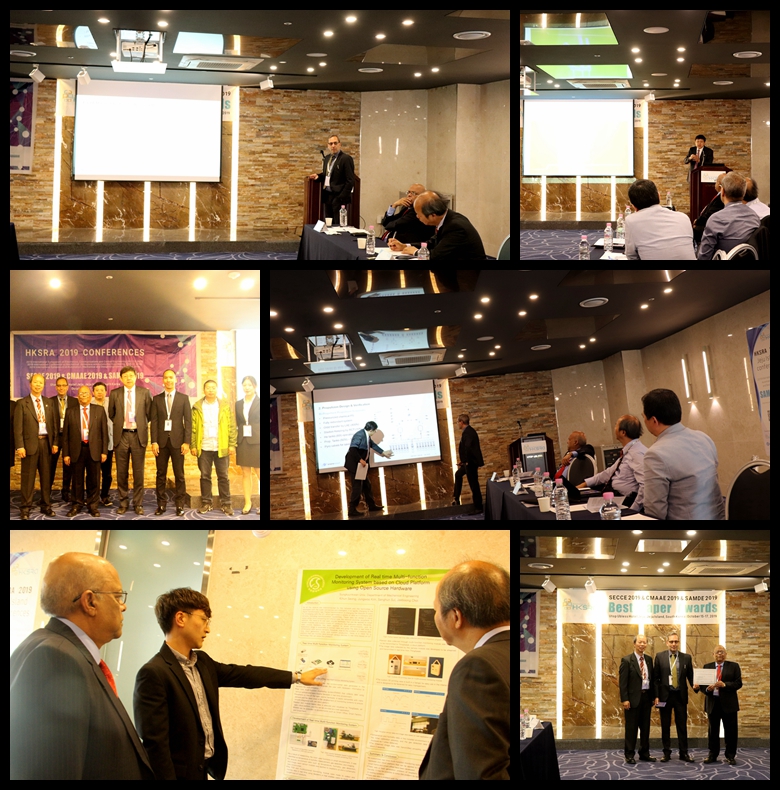Introduction
Ever wondered how complex products like smartphones, cars, or even skyscrapers are designed? That’s where design automation comes in. Design automation involves using computer systems to assist in the creation, modification, and optimization of designs. It’s a game-changer in various industries, making processes faster, more efficient, and less prone to human error. In fact, by 2025, the global design automation market is expected to reach $7.5 billion, highlighting its growing significance.
The Evolution of Design Automation
Design automation has come a long way since its inception. In the early 1960s, the first computer-aided design (CAD) systems were introduced. These systems, like the Sketchpad developed by Ivan Sutherland in 1963, were rudimentary by today’s standards but laid the foundation for what was to come. By the 1980s, CAD tools had become more sophisticated, incorporating features like 3D modeling. Fast forward to the 2000s, and we see the introduction of advanced simulation and optimization tools, pushing the boundaries of what was possible. Companies like Autodesk, founded in 1982, have been at the forefront of this evolution, continuously innovating and expanding the capabilities of design automation.
Current Trends in Design Automation
AI and machine learning are revolutionizing design automation by enabling systems to learn from data, optimizing processes, and significantly reducing errors. Modern CAD tools like Dassault Systèmes’ CATIA support complex simulations crucial for industries such as aerospace and automotive. Cloud-based platforms like Onshape and Fusion 360 enhance real-time collaboration, with 72% of companies reporting increased productivity during the COVID-19 pandemic.
The Role of AI in Design Automation
Machine learning algorithms analyze data to identify patterns and make predictions, such as predicting structural issues in construction to reduce costs by up to 20%. Predictive analytics uses data to forecast outcomes, optimizing design performance in industries like electronics, where Intel has improved microchip efficiency. AI-driven design optimization finds the best design within constraints, exemplified by General Motors’ development of a seat bracket that is 40% lighter and 20% stronger.
Real-World Examples of Design Automation
Tesla uses design automation to enhance battery efficiency, achieving a 20% performance increase in 2020. Boeing leverages advanced simulation tools to improve aircraft safety and performance, exemplified by their development of the 777X jet. Intel optimizes microchip layouts with AI, resulting in a 15% performance boost in 2021.
The Future of Design Automation
Increased Use of AI
Looking to the future, we can expect to see even greater use of AI in design automation. As AI technologies continue to advance, their applications in design will expand, leading to even more efficient and innovative solutions. According to Gartner, AI-driven design automation will become a standard practice in 75% of engineering firms by 2030.
Greater Collaboration
Cloud-based platforms will continue to enhance collaboration, allowing teams to work together seamlessly from anywhere in the world. This will lead to faster project completion times and more innovative designs. For example, Autodesk’s Fusion 360 has already seen a 50% increase in collaborative projects since its introduction.
More Accessible Tools
As design automation tools become more user-friendly and affordable, we can expect to see wider adoption across various industries. This will democratize access to advanced design capabilities, fostering innovation on a global scale. A report by Forrester predicts that the cost of design automation tools will decrease by 20% over the next five years, making them accessible to smaller companies and startups.
Conclusion
Design automation is transforming the way we create and optimize designs, offering numerous benefits in terms of efficiency, cost savings, and accuracy. While there are challenges to overcome, the future looks bright as AI and other advanced technologies continue to push the boundaries of what’s possible. Whether you’re in the automotive, aerospace, or electronics industry, embracing design automation can give you a competitive edge in the digital era.
